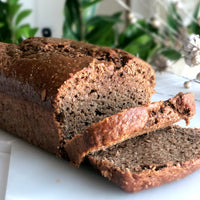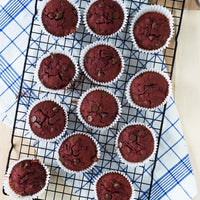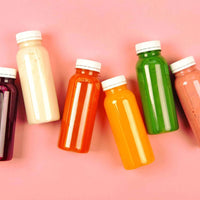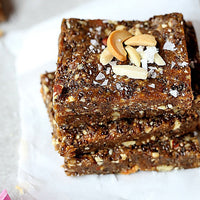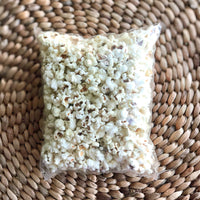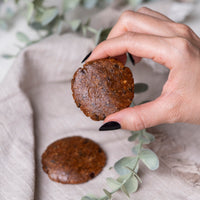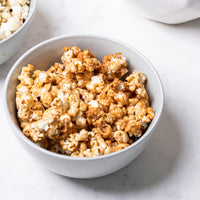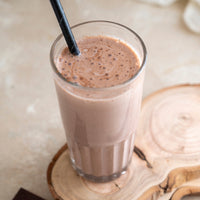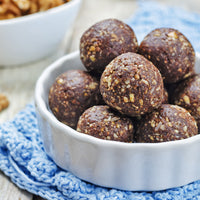
Dietitian Linda Said gives us some insights on sodium, its negative impacts on health when over-consumed and how to reduce it in our diet to lead a healthier life.
Sodium is a mineral, and most of the sodium we consume in our foods is in the form of salt.
People use the two words (sodium and salt) assuming they are the same thing - but they are actually a little different. Sodium is a mineral that’s in salt. Salt is also known as sodium chloride.
We all need a little sodium to stay healthy and for your body to function properly because it helps maintain the right balance of fluids in your body, helps transmit nerve impulses and influences the contraction and relaxation of muscles.
However, eating too much sodium can lead to high blood pressure (hypertension) which raises high blood pressure and your risk of having a heart attack or stroke. The good news is that cutting down on sodium can help lower your blood pressure or keep it at a healthy level!
What foods are high in sodium?
Whenever you add salt to your food, you are adding sodium. But, the Dietary Guidelines show that most of the sodium we eat does not come from our saltshakers - but from prepackaged and processed foods. Examples of such foods include Deli meats, sausages, pepperoni, sauces, dressings, condiments, pickled items, flavored rice, instant noodles etc. Sodium is used by food manufacturers to add flavor, as a preservative, to cure meat, thicken sauces and keep some foods moist.
How can I cut down on Sodium?
- Check the Nutrition facts label: compare different options and choose the one with the lowest amount. The total sodium shown on the Nutrition Facts label includes the sodium from salt, plus the sodium from any other sodium-containing ingredient in the product (for example, ingredients like sodium nitrate, sodium citrate, monosodium glutamate [MSG], or sodium benzoate).
-
Make healthy shifts: Replace higher sodium foods or ingredients with healthier options:
- Choose your snacks wisely; unsalted nuts for example are a good option.
- Choose fresh skinless lean meat instead of processed deli meats or sausages.
- Get dressings and sauces on the side and add only the amount you need to your meal.
- Make better eating choices: it is important to know and trust that what you consume not only has nutritious ingredients and their portions are controlled, but also that they are cooked in a healthy way. A platform like Eat Clean is a good example of a trusted source, considering that every meal has been carefully crafted by nutrition experts, and the transparency provided with thorough nutritional information per item.
- Cut down on all types of salt, including salt already in foods: the next time you find yourself eating out, avoid excess salt by avoiding foods described on the menu with these words:
- Au Jus
- Brined
- Barbecued
- Broth
- Cured
- Miso
- Pickled
- Smoked
- Soy Sauce
- Teriyaki Sauce
What should my daily sodium intake be?
The American Heart Association recommends adults to consume no more than 2,300 milligrams of sodium per day. Adults with hypertension can lower their blood pressure even more by limiting sodium intake to 1500mg a day.
Here are the approximate amounts of sodium in a given amount of table salt:
- ¼ teaspoon of salt: 575 mg of sodium.
- ½ teaspoon of salt: 1150 mg of sodium.
- ¾ teaspoon of salt: 1725 mg of sodium.
- 1 teaspoon of salt: 2300mg of sodium.
Author: Linda Said, RD, US Registered Dietitian.

